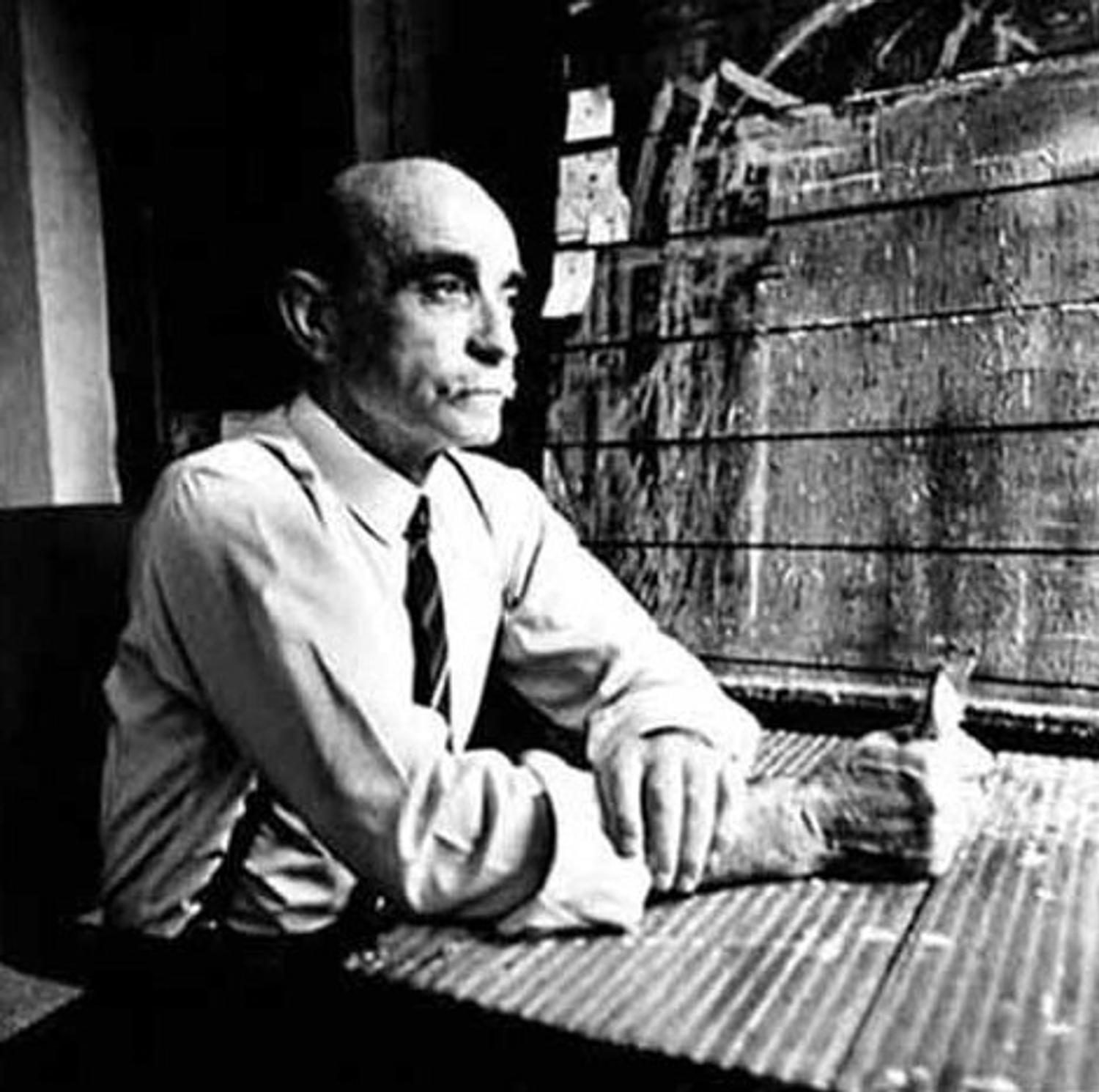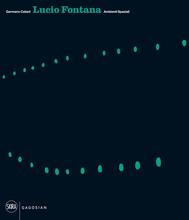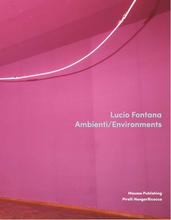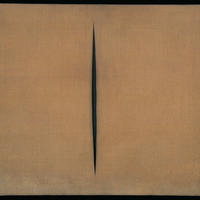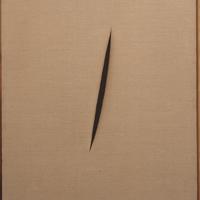More about Lucio Fontana
- All
- Info
- Shop
Works by Lucio Fontana

Contributor
Lucio Fontana was born in a really inconvenient time to become a famous artist.
Born in 1899 in Argentina to Lucia and Luigi Fontana, an Argentinian actress and an Italian sculptor of funerary monuments, Lucio spent his life dodging various wars. He was alive for World War I, World War II, and the Cold War. This made it really inconvenient for him to build a reputation as a great artist because he was constantly bopping back and forth between Argentina and Europe. Despite the hardship, he did eventually succeed in becoming famous.
After spending his childhood in Rosario de Sante Fe, Argentina, Lucio traveled across the world to Varese, Italy to stay with his relatives and enroll in school. His courses included architecture, engineering, math, physics, and the arts. He became taken with the Futurist movement and was drawn to their rejection of artistic traditions of the past in favor of making art that represented the current moment. He definitely would have continued studying them if World War I hadn’t broke out. Instead, Fontana enlisted in the Italian army from 1916-1918. Fontana made it to second lieutenant before he was discharged after an injury. He was basically a child at the time, but nothing pushes you through puberty quite like the brutality of war.
After WWI he went back to school and graduated from Accademia di Belle Arti di Brera as a master builder. After graduation, Fontana went to work for his father’s funerary monument biz, eventually opening up his own studio. He started to get a little bit of traction for his art in Argentina around the mid-1920s but soon left for Italy again to study with Adolf Wildt at Accademia di Belle Arti di Brera again. This was all well and good until Fascist leaders such at Benito Mussolini started commissioning work from him. Fontana made it, which put him on people’s sh*t list really quickly. It turns out that you’ll be criticized for accepting commissions from evil people for the money even if you’re not a fascist yourself. Fontana had to get out of Italy so he went to Paris, where he hung out with Constantin Brancusi and Joan Miro. Then World War II broke out and he had to go back to Argentina again. But it all turned out for the best, because it was in Argentina that Fontana wrote Manifesto Blanco and started to conceptualize Spatialism, which he worked on until the end of his life. In 1962, Fontana stated that his Spatialist work, "indicates the restlessness of contemporary Man. The subtle tracing...is the walk of Man in space, his dismay and fear of getting lost; the slash...is a sudden cry of pain, the final gesture of anxiety that has already become unbearable.’” Who knew a sliced canvas could be so meaningful.
Sources
- "Lucio Fontana." Guggenheim.org. N.p., 2018. Web. 2 Oct. 2018. https://www.guggenheim.org/artwork/artist/lucio-fontana
- "Lucio Fontana | Italian Artist." Encyclopedia Britannica. N.p., 2018. Web. 2 Oct. 2018. https://www.britannica.com/biography/Lucio-Fontana
- Morris, Meggie. "Lucio Fontana's Life And Legacy." The Art Story. N.p., 2018. Web. 2 Oct. 2018. https://www.theartstory.org/artist-fontana-lucio-life-and-legacy.htm
Featured Content
Here is what Wikipedia says about Lucio Fontana
Lucio Fontana (
Italian: [ˈluːtʃo fonˈtaːna]; 19 February 1899 – 7 September 1968) was an Argentine-Italian painter, sculptor, and theorist. He is known as the founder of Spatialism and exponent of abstract painting as the first known artist to slash his canvases – which symbolizes an utter rejection of all prerequisites of art.
Check out the full Wikipedia article about Lucio Fontana

